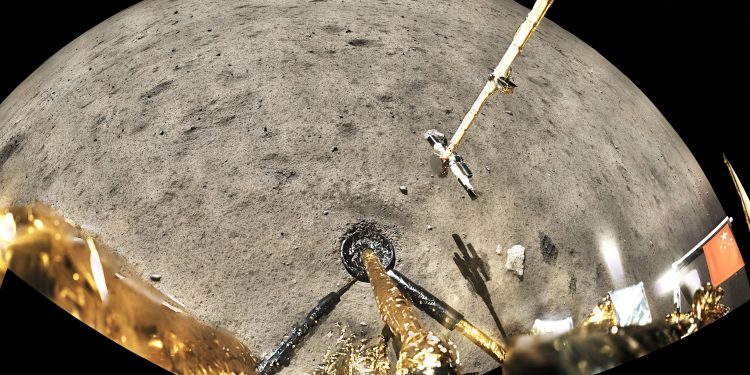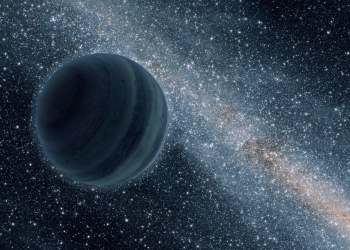Scientists have made an exciting discovery while studying samples from China’s Chang’e 5 lunar mission. Among the materials were tiny glass beads, hinting that volcanic activity on the Moon may have persisted far more recently than previously believed. This discovery has the potential to reshape our understanding of the Moon’s geological history.
Volcanoes on the Moon?
The lunar samples, returned to Earth in late 2020, have offered a new perspective on the Moon’s geological history. Among the collected materials, scientists found evidence that the Moon might have been volcanically active as recently as 123 million years ago. While this may seem distant, it’s a recent occurrence in the Moon’s long geological timeline, which could revolutionize our understanding of its evolution.
This discovery suggests that the Moon’s volcanic activity didn’t cease as early as once thought and might have continued much longer. The findings could also have broader implications for understanding how small planetary bodies, like the Moon, can sustain volcanic activity over extended periods.
A Closer Look at Lunar Beads
NASA’s Lunar Reconnaissance Orbiter had previously detected signs of the Moon’s volcanic history, but the Chang’e 5 mission provides the first physical evidence. The samples revealed over 3,000 tiny glass beads, three of which were formed by volcanic eruptions. The rest, scientists believe, were likely created by asteroid impacts.
This new data stands in contrast to the theory that by the time dinosaurs roamed the Earth, the Moon had already cooled and was no longer volcanically active. This evidence could reshape scientists’ understanding of how the Moon and other small celestial bodies evolve.
Experts believe this discovery will inspire further research, deepening our knowledge of the Moon’s development and its potential for volcanic activity.











